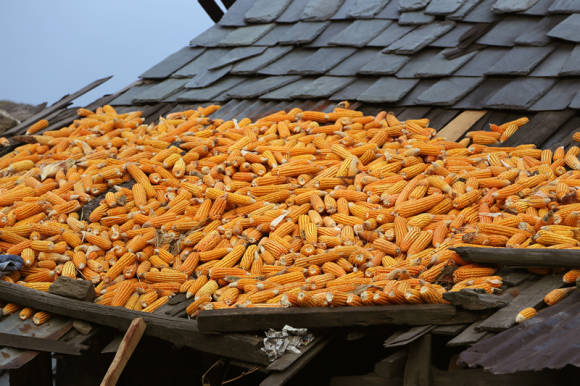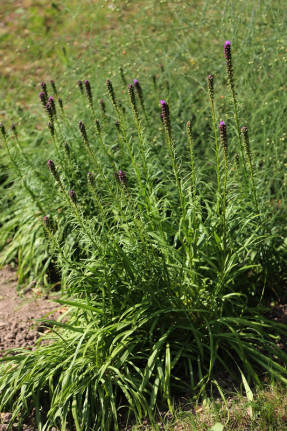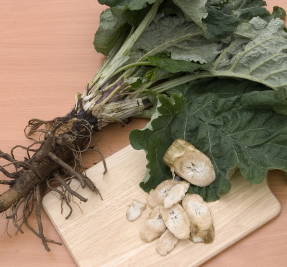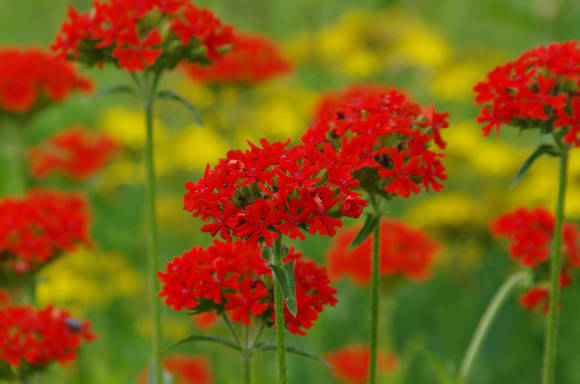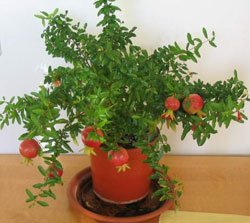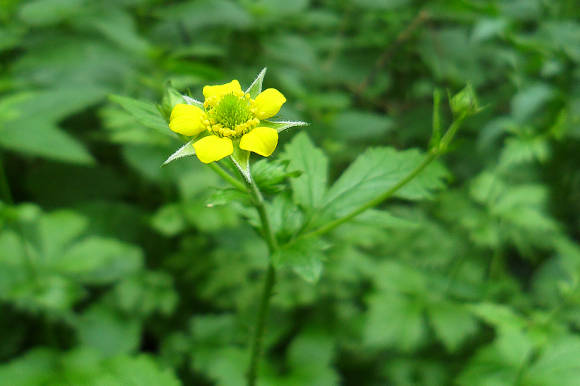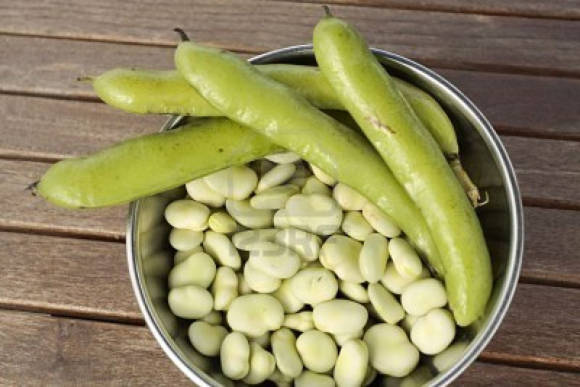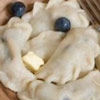
All of us are used to black currants, which ranks second after garden strawberries in cultivation areas and, probably, everyone knows that there are currants and other flowers, but maybe not everyone knows which ones? It turns out that there are red, pink, burgundy and even green currants, and this is not only the color scheme of the fruit, behind the color there is a variety painstakingly bred by the breeder. Today we will talk about the best varieties of colored currants, but first, let's briefly talk about how they differ.
To begin with, the appearance is black and green currants (in fact, it is also black, only its fruits are deprived of the coloring pigment - anthocyanin) - it is more often a spreading bush, with more delicate leaves, which perfectly reproduces by green and lignified cuttings and which must be planted at an angle in 45 degrees, cutting off all shoots and leaving only parts of them with 4-5 living buds. The root system of black currant is pronounced fibrous, therefore, the planting hole should be dug wide rather than deep, and when planting, the seedling should be buried. placing him the way he grew up before in the nursery. The fruits of black currants in most varieties are large, they can even exceed the weight of 4 grams, but there are few of them in the brush.
Colored currant is a somewhat different plant, it often exfoliates, dies off and forms a new bark, it is a more collected, vertically oriented shrub, often taller, with coarser leaves and completely devoid of "currant" aroma. It is necessary to plant red currants vertically, cuttings too, they usually take root worse. When planting, they usually dig a deeper and narrower hole, but the shoots are also cut off, leaving 3-4 living buds on each part. The mass of fruits of colored currants is small - more than 1 gram - this is already a record, but in the brush there can be three times more of them than in black currants.
All currants - both red and black, of course, need to be brought in your garden. It can be planted as in spring - usually the end of April or its middle, if spring is early, or in autumn - usually in October. The distance between the black currant bushes can be left equal to 1.5 meters, and between the red bushes, even a meter will be enough.
Of currant diseases, powdery mildew often attacks, and of pests, spider mites, kidney mites (more often on black currants), as well as aphids on black and red-gall aphids - on red currants. You can fight them with approved insecticides, fungicides and acaricides, strictly following the instructions on the package.
Well, now let's describe three of the best varieties of currants of different colors, talk about their advantages, mention the disadvantages and start with black currants.
 |  |
- Shaman - a new variety of black currant with berries reaching a weight of 2.9 grams. The color of the berries, as befits this currant, is black, they are round and have a thin skin. The bush is almost vertical. The berries taste very sweet, have a pleasant currant aroma. Of the advantages, it should be noted high winter hardiness, drought resistance and heat resistance. The variety practically does not get sick and does not suffer from pests.
- Litvinovskaya - the variety was obtained in 2016 and has already managed to fall in love with gardeners, primarily for its amazing berries. They are, of course, also black, but reach a mass of 3.3 grams! The plant itself grows actively, but practically does not fall apart. The peel on the berries is of medium thickness, which makes it easy to take them from the dacha to the house. The berry taste is sweet, with a well-noticeable currant aroma. Among the advantages of the variety, it should be noted its winter hardiness, drought resistance and heat resistance.
- faith - we can say that this is even an old variety, it was received in 2012 and is very popular with everyone. But how can this not happen if the mass of a berry of this variety can reach 4.2 grams !! This is a record among currant berries and not even every gooseberry variety can beat this record.The berries of the variety ripen quite early, they are tasty, but the sourness is felt. The skin is quite dense, which allows the berries to be transported and stored well. The variety is distinguished by winter hardiness and drought resistance, but it is afraid of the heat, therefore, in extreme heat, at noon, the bush can be shaded.
As for the varieties of green currants, while they are at the level of selected and elite forms and they are not yet in the State Register, but very soon they will appear, and we will tell you about them, this is Inca Gold, Emerald Necklace and Tear of Isis.
 |  |  |
In general, what can be said - this currant is more of a technical purpose, the taste of the berries is average, the weight rarely exceeds 2.0 grams. This currant is unique in that it can be consumed by people suffering from allergy to anthocyanins, when consumed in small quantities, there will be no negative consequences.
Now we turn to colored currants, let's start with white currants, there are significantly fewer varieties, only 10 pieces. Of these, three of the best can be distinguished, these are: Minusinskaya Belaya, Smolyaninovskaya and Yuterborgskaya.
 |  |  |
- Minusinskaya White - the variety was obtained in the last century, but to this day it is in considerable demand. The mass of fruits of the variety reaches 1 gram, which is a good indicator for red currants. Each brush can contain up to 20 berries, that is, the brush itself can weigh up to 20 grams, therefore, from an adult five-year-old bush, you can collect almost a bucket - eight kilograms of berries. The variety has an average ripening period. Its berries are tasty and healthy, but the variety has a minus - average winter hardiness, so in very harsh winters it can freeze slightly.
- Smolyaninovskaya - the variety is included in the State Register in the 90s of the last century and grows on almost every site. It is characterized by an early ripening period, snow-white with yellow berries weighing 0.6 g with a pleasant, refreshing taste. The variety does not suffer from powdery mildew and is resistant to cold.
- Yuterbogskaya - this variety is included in the State Register a little more than ten years ago. That is, he is quite young. Valued for medium height, whitish-yellowish berries weighing up to 1.2 grams, very tasty and tender, although with a slight sourness. The variety is not afraid of cold, pests or diseases.
Now let's move on to the best varieties of red currants - these are, of course, Viksne, Jonker Van Tets and a relatively new variety - Asya.
 |  |
- Viksne - all lovers of red currants must keep a couple of bushes of this currant on their site. The variety is also valued for the fact that its berries ripen earlier than others, for the fact that they are quite large (0.6 g), and for their stunningly beautiful dark cherry color and pleasant, albeit with sourness, taste. Another plus of the variety is that the berries hang for a very long time and do not fall off. Among other things, it is worth noting the highest drought resistance and resistance to powdery mildew.
- Jonker Van Tets- another wonderful variety of red currant, also adored by lovers of this culture. This variety - just a storehouse of positive properties and qualities. There is an early ripening period, and a universal purpose, and tasty berries weighing 0.7 g, painted bright red and perfectly transportable, and early maturity, and a yield of more than six kilograms per bush, and winter hardiness, and even resistance to powdery mildew. Only one minus - the variety blooms early and can fall under return frosts, the harvest suffers from this, because some of the flowers die.
- Of course, one cannot ignore the novelty - the variety Asya included in the State Register five years ago, but already very popular. The berries are perfectly round, deep red, have a thin skin and a pleasant taste, reaching a mass of 0.6 g. The variety never freezes, it is drought-resistant, practically does not get sick.

Photo by the author
